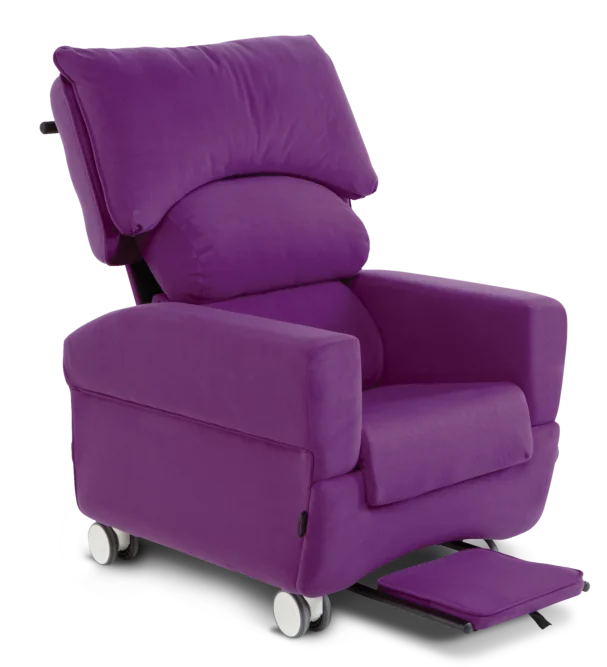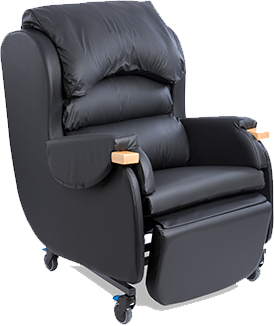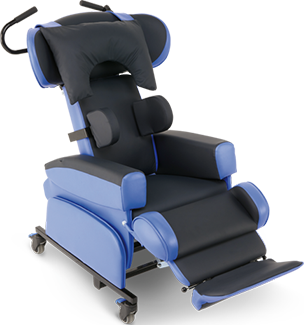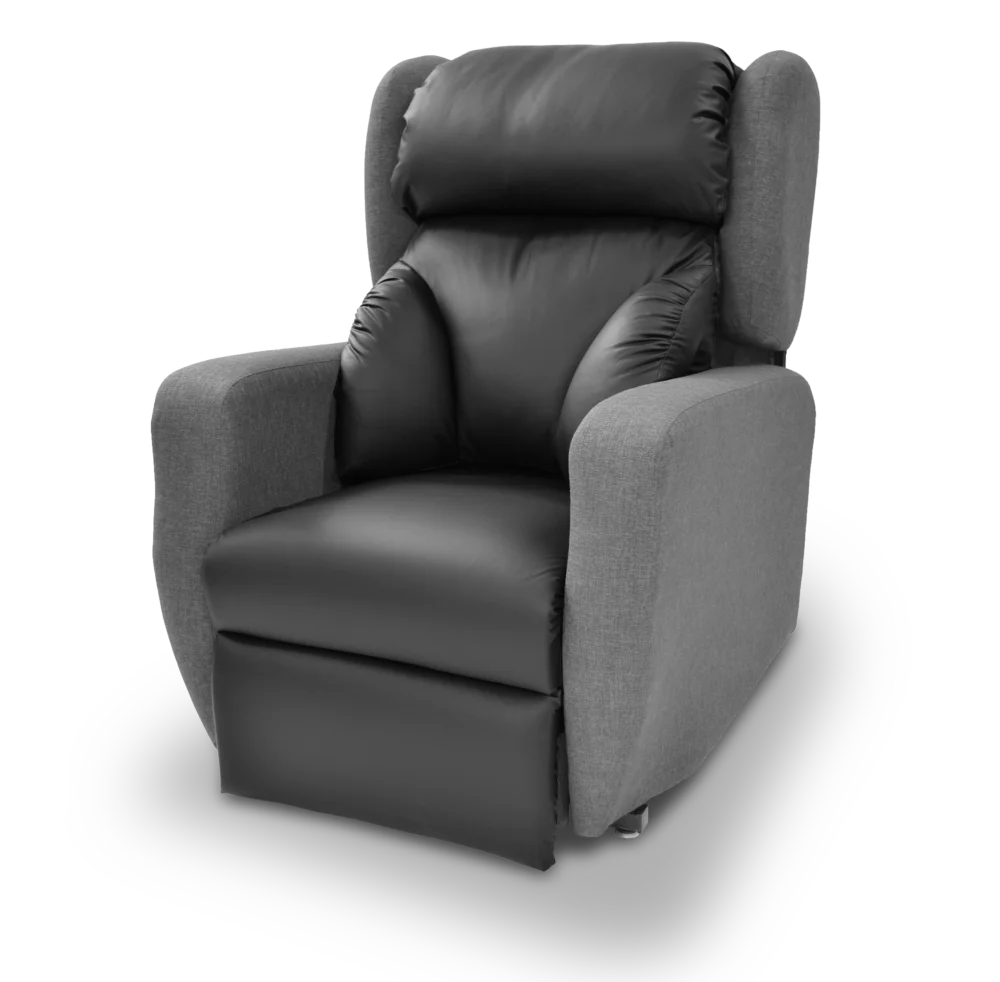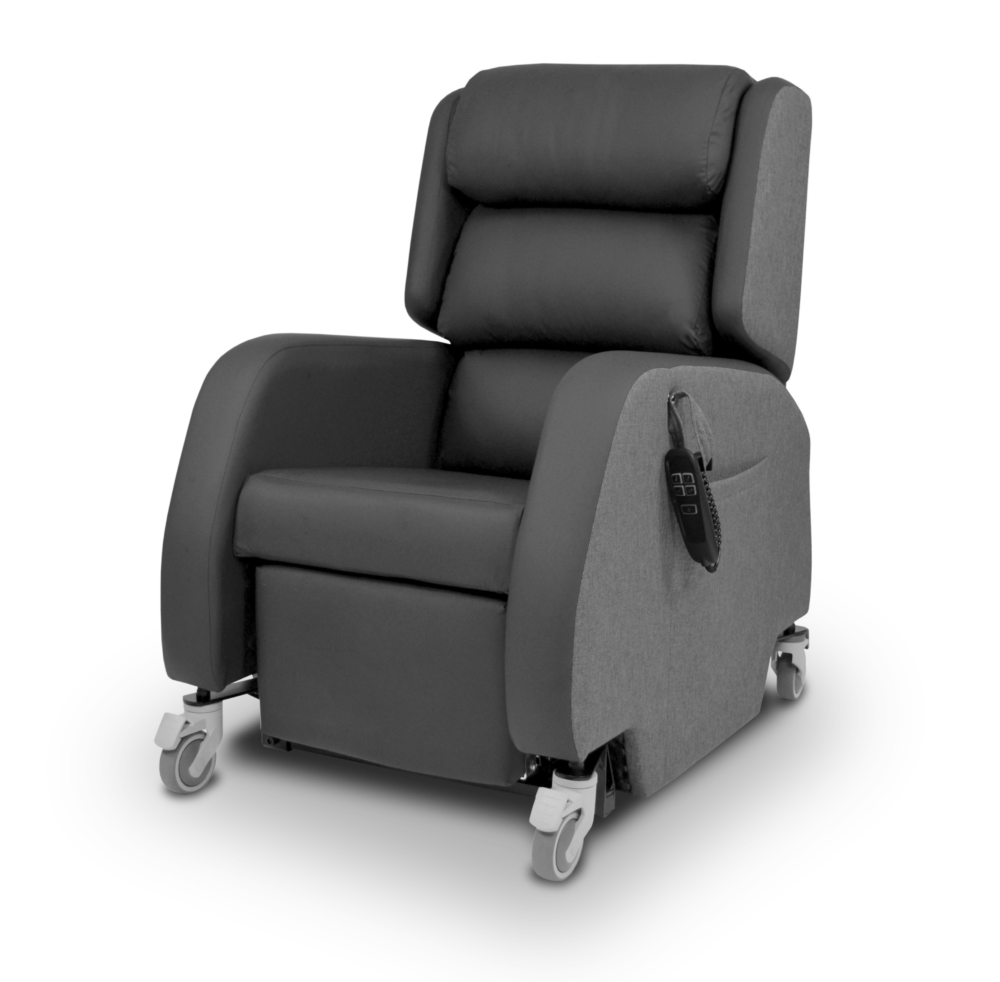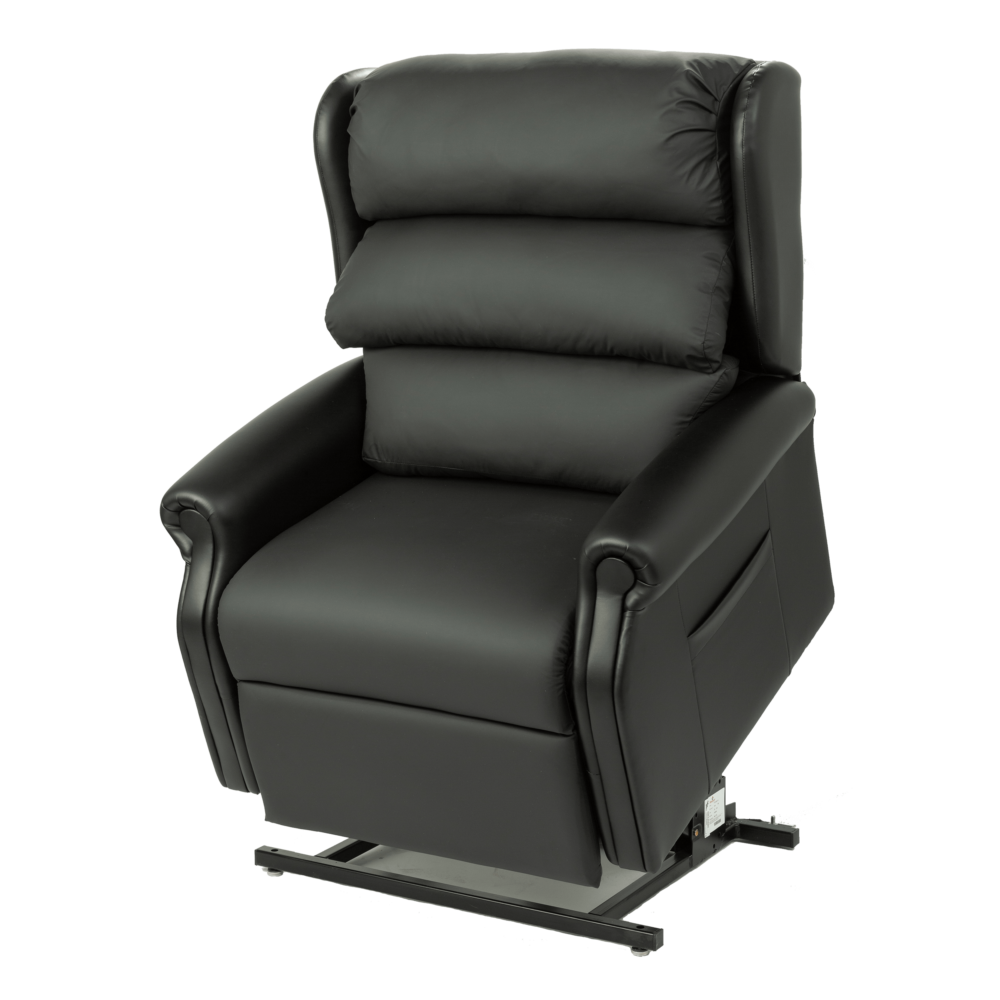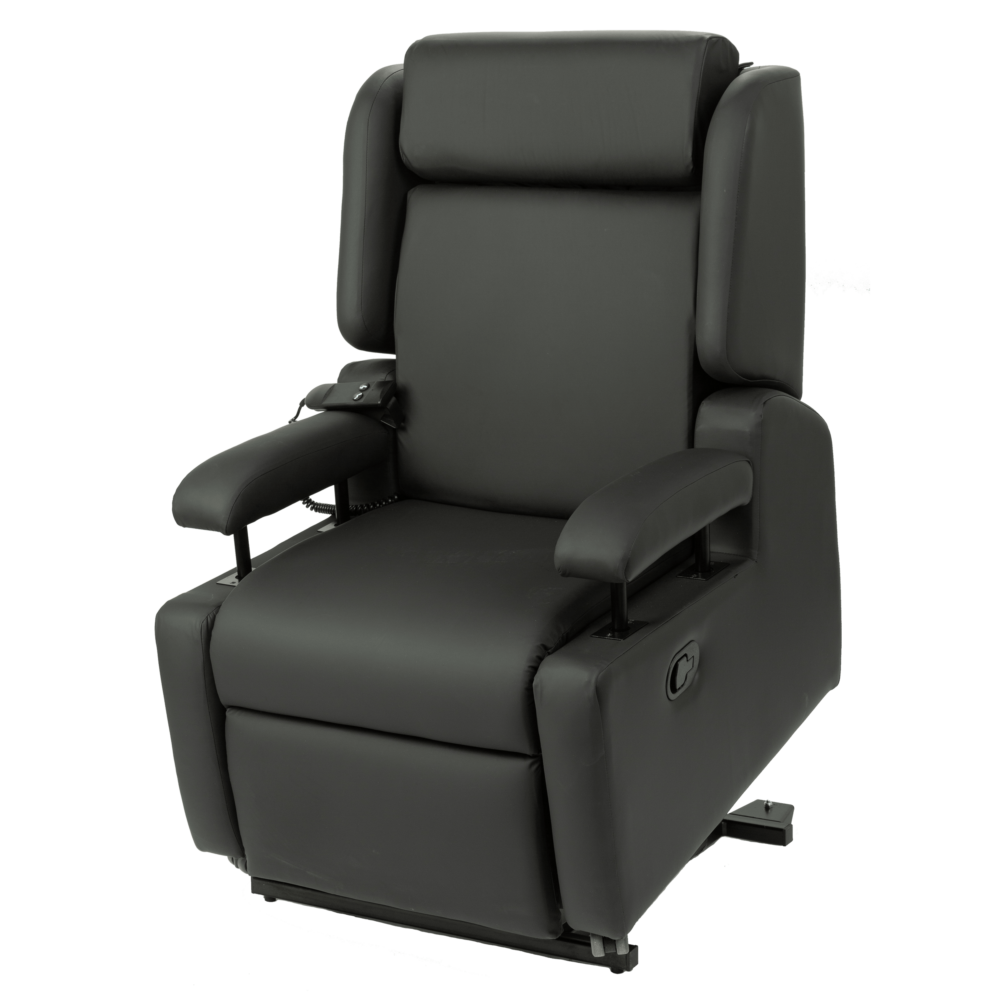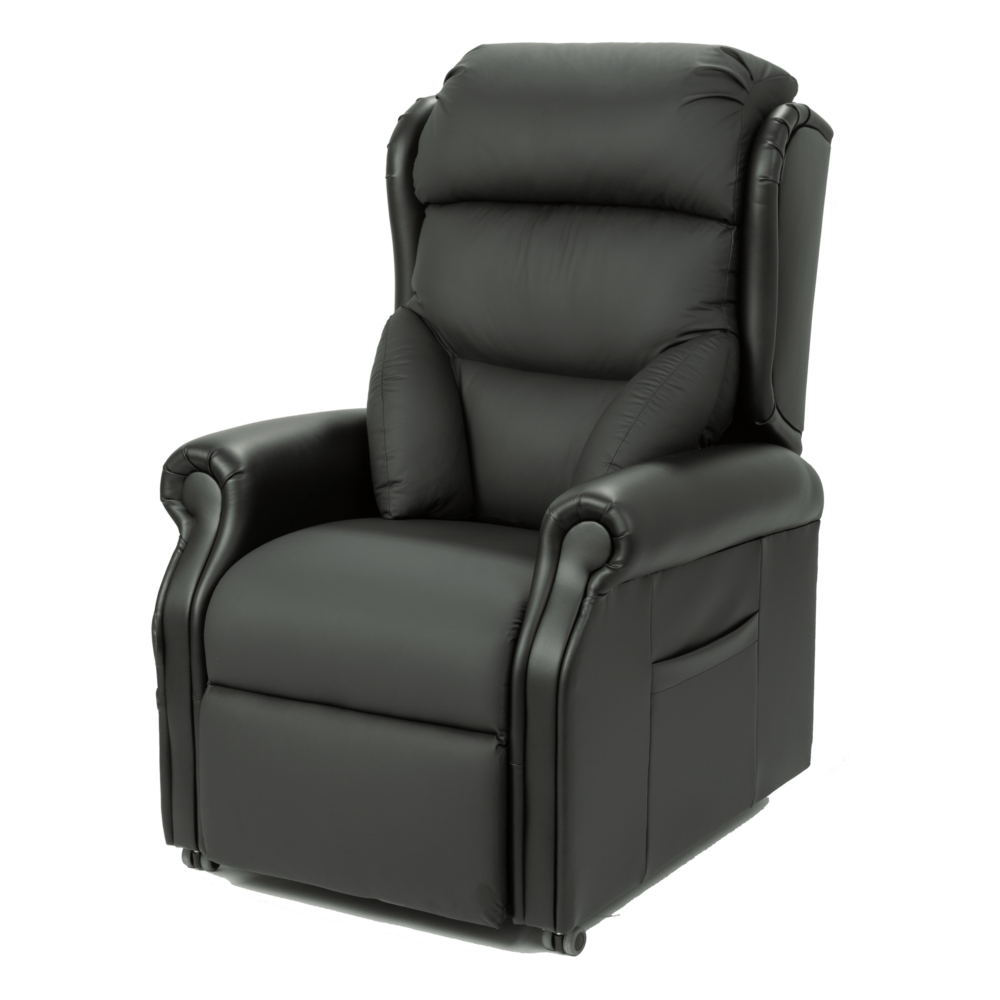World Parkinson’s Awareness Day
On the 11th of April, CareFlex will join Parkinson’s communities worldwide to mark this awareness day campaign. Parkinson’s UK has declared that not enough people understand the experience of living with Parkinson’s disease. People don’t know it’s a serious condition; they don’t realise that treatments are limited and there is no cure. Parkinson’s UK believes that if more people understand Parkinson’s, the more they can fundraise, fight for fair benefits, support their local communities, and, ultimately, get us closer to that cure1.
“It’s time to start the conversation. It’s time to talk about Parkinson’s.”
For this year’s campaign, Parkinson’s UK supports two activities chosen and led by a group of dedicated and passionate volunteers: Poems for Parkinson’s and Light Up Blue for Parkinson’s. To join the campaign and for further information, the guide can be downloaded here: www.parkinsons.org.uk/get-involved/world-parkinsons-day

At CareFlex, we are committed to raising awareness of Parkinson’s disease and increasing knowledge about the importance of postural care.
What is Parkinson’s disease?
Parkinson’s disease is a neurodegenerative disorder of the central nervous system that belongs to a group of conditions called movement disorders. Parts of the brain become progressively damaged over many years2.
1. Parkinson’s is the fastest-growing neurological condition in the world.
2. Around 145,000 people in the UK are currently diagnosed with Parkinson’s.
3. 1 in 37 people alive today in the UK will be diagnosed with Parkinson’s.
4. Every hour, 2 more people are diagnosed; that’s the same as 18,000 people annually.
5. There are over 40 signs and symptoms; everyone’s experience is different. 1
The signs and symptoms of Parkinson’s disease usually develop gradually and are mild at first. They vary from person to person, but the main ones affect physical movement, including a tremor, bradykinesia (slowness of movement), rigidity (muscle stiffness), dystonia (painful muscle cramps), postural instability and writing changes.
Although considered a movement disorder, it is essential to understand that an individual with Parkinson’s disease can also experience a wide range of other symptoms, including:
- Memory problems
- Behaviour and mood alterations
- Cognitive disturbances
- Alterations in autonomic nervous system function
- Depression, anxiety and psychotic symptoms
- Sleep problems
- Changes in perception and vision abnormalities
What postural challenges can an individual with Parkinson’s disease experience?
- A stooped or flexed posture alters head position and increases the risk of a fixed kyphosis
- Leaning to one side results in an increased risk of a fixed scoliosis
- Neck and back pain impacting comfort levels and engagement in activities of daily living
- Involuntary movements (tremors) affect postural stability and functional movement
- Rigidity and abnormal muscle tone affecting postural symmetry
- Contractures (irreversible changes to joint range of movement)
- Change in proprioception (postural awareness), increasing the risk of falls
- Fatigue results in limited ability to interact with family and friends
How can specialist seating help?
Providing a chair for Parkinson’s disease appropriately set up for the individual with adequate postural support is critical for comfort, stability and management of abnormal movement patterns. Support at all body segments is needed, especially as a physical prompt to the head to promote safety and optimum physiological function such as swallow function, breathing and digestion.
Specialist seating can help individuals achieve their optimum quality of life by offering a solution for maximised health and independence. Maintaining good posture and positioning can help to promote well-being whilst protecting the body system and reducing the risk of secondary complications.

CareFlex chairs, such as the HydroTilt and HydroFlex, meet these key objectives through a range of functions and accessories:
- Adjustability and flexibility will ensure the correct seat dimensions, including seat depth and seat width, especially as the individual’s needs change.
- A ramped cushion can encourage pelvic stability at the back of the chair and aim to reduce the risk of sliding down or falling from the chair.
- A reconfigured waterfall back can comfortably accommodate kyphotic postures, reducing the pressure at the apex of the thoracic spine.
- An articulating headrest can further support an increased thoracic kyphosis if it is fixed.
- For individuals who lean to one side and lack the ability to correct themselves back to an upright sitting posture, the use of a contoured back or lateral supports may be indicated3.
- For more complex postural needs, where safety within the chair is a concern, tilt-in-space can be considered following a risk assessment.
- Tilt-in-space can also encourage good energy management by allowing periods of rest and pressure redistribution.
- A negative angle leg rest can accommodate a reduced range of movement at the knees should contractures be present.
- Positioning aids, such as pelvic belts or a chest harness following a risk assessment, may also be indicated to maximise postural control.
- WaterCell Technology is at the heart of CareFlex seating; it provides a reliable and dynamic pressure redistributing solution to reduce pressure injury risk when used holistically as part of a 24-hour management programme.
A rise and recline chair may be indicated for users who have the ability to stand independently but at times require assistance to do so safely. Rise and recline chairs should be comprehensively assessed and reviewed over time as they are not safe or appropriate for all users.
Additionally, verbal prompting at regular intervals to adjust position in the chair may be indicated for those who lack postural awareness. It is also important to consider the environment and ensure any focal points, such as a TV, are directly in front of the person4.
As Parkinson’s progress and an individual’s presentation potentially becomes more complex, the CareFlex tailored seating solutions service can develop bespoke chair adaptations to address any postural deformities and contractures.
As with any postural care approach, the individual’s daily life throughout the full 24-hours should be considered holistically and managed by their multi-disciplinary team. Promoting comfort and maximising independence for an individual with Parkinson’s disease is key.
Please do not hesitate to get in touch to discuss any seating needs or book a free no-obligation seating assessment.
We are with you all the way, from assessment to delivery and chair set up to after-sales service to ensure you are content and comfortable in your new chair.
- Customer Careline: 0800 0186 440
- Overseas Enquiries: +44 [0] 1626 836 440
- Email: info@careflex.co.uk
- Fax: +44 [0] 1626 836 441
#WorldParkinsonsDay
#LetsTalkAboutParkinsons
#ParkinsonsAwarenessWeek
References
- Parkinson’s UK (2022) World Parkinson’s Day Available from: https://www.parkinsons.org.uk/get-involved/world-parkinsons-day
- NHS Choices (2016) Parkinson’s diseaseAvailable from: nhs.uk/conditions/parkinsons-disease/
- Pope PM (2007) Severe and complex neurological disabilities: management of the physical condition London: Elsevier
- Royal College of Occupational Therapists (2018) Occupational therapy for people with Parkinson’s 2ndedition Available from: rcot.co.uk/occupational-therapy-people-parkinsons [Accessed 13th January 2022]

